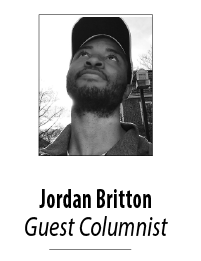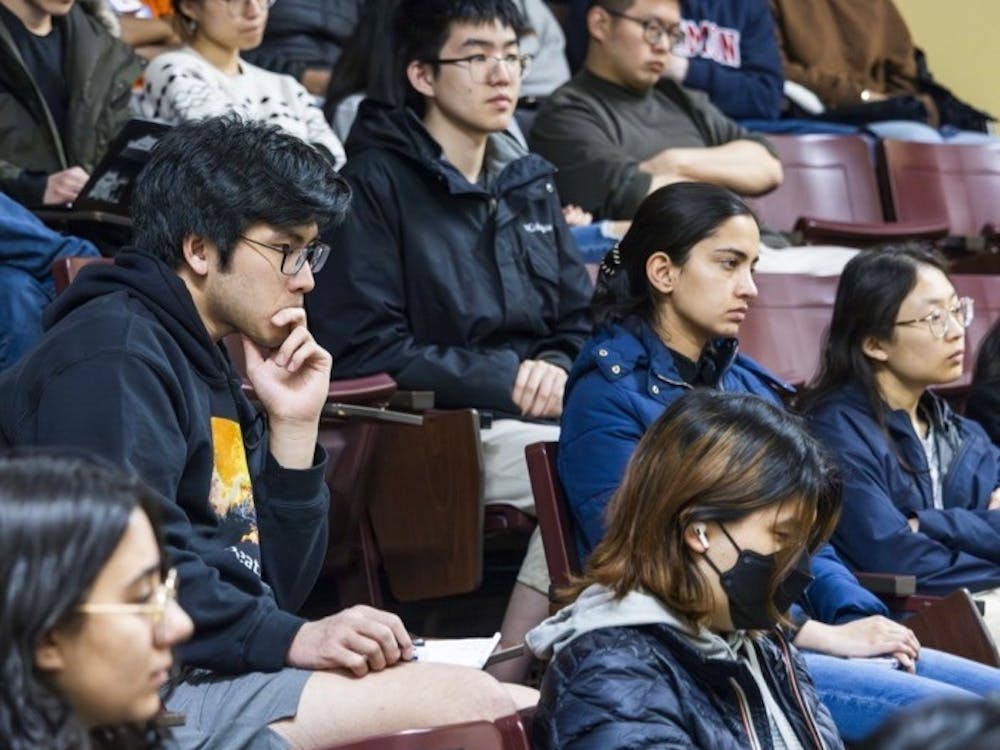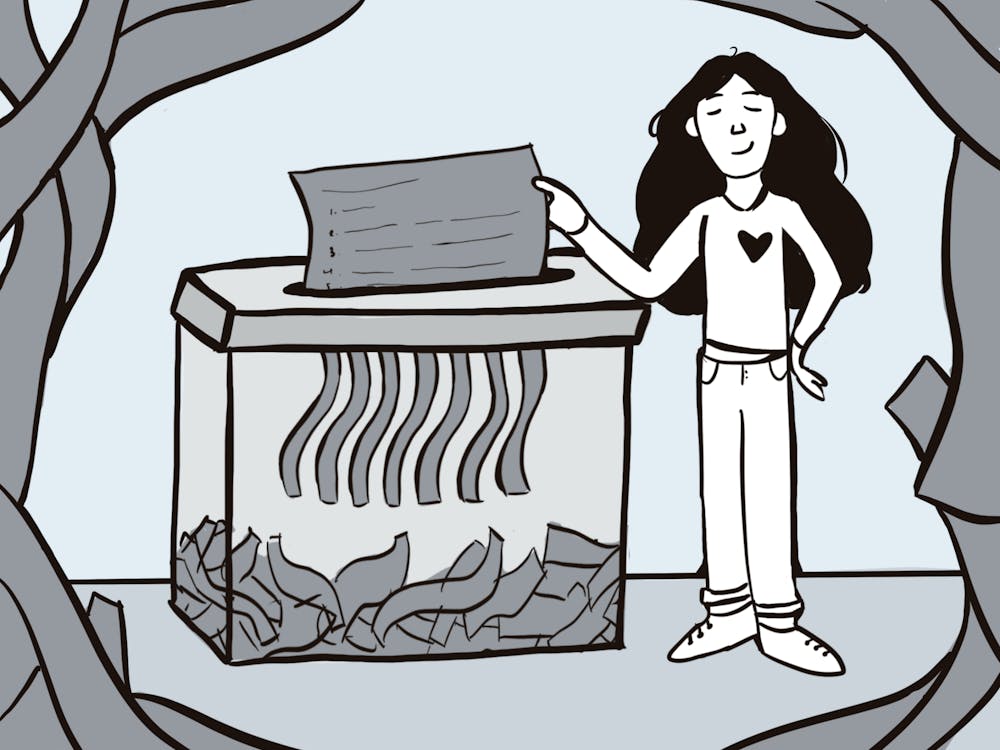
When Trayvon Martin was murdered on February 26, 2012, he and I were the same age, the same build, the same height, the same gender and, most importantly, the same race. At that point in time, I did not have the vocabulary to express how his death made me feel. Now I understand that his death opened my eyes to the reality of American life, a life centered on white sensibilities and comfort.
And no place taught me this lesson better than the K-12 all-boys private school I attended in Baltimore, Maryland.
The week following his death, Martin dominated mine and my peers’ lunchtime conversations and Facebook newsfeeds. Some of my white classmates recognized the severity and racial dynamics of the situation, but these individuals were not the majority.
It seemed that few fully grasped the implications of Martin’s murder. Most did not understand the fear and sense of urgency that I and other black students expressed. Most white students had little to no opinion on the matter; others vehemently refuted claims of racism and foul play.
The conversations of that week usually devolved into debates, not over the guilt of Martin’s murderer, but rather over the innocence of Martin himself.
Every debate I had over the death of Trayvon Martin was a debate over my own death. Each claim that Martin, with his skittles and Arizona iced tea, posed a legitimate threat to someone’s life chipped away at my disillusionment with white America. This doesn’t mean that I stopped liking white people. Rather, I recognized that while I may have lived in white America, I was not a part of it.
In my school’s lexicon, black was synonymous with thug. Martin’s death gave many white students the opportunity to reassert that fact. As the white veil was ripped from over my eyes, I began to understand what living in white America truly entailed.
Living in white America meant going to a school where in seventh grade a kid was “asked to leave,” instead of being expelled from the “prestigious” school we attended for spray painting “fuck niggers” on a bathroom stall.
It meant that immediately after the incident, the school held an assembly in which students and faculty had the opportunity to voice how they felt. Most people shared how they didn’t think the kid meant to hurt anyone, how he was a nice guy and how it was just bad decision making. They talked about how he was their friend and how they were shocked by what he wrote. Throughout the assembly, people used their shock to excuse the behavior. Somehow, being shocking meant that it wasn’t truly hurtful. Living in white America meant that his actions did not constitute true racism because he didn’t mean it.
It seemed people focused more on their personal astonishment and his alleged intent than the fact that he willingly wrote a phrase he knew to be harmful in a public area for all to see. While I hesitate to condemn the character of a 12 year old, I do not hesitate to condemn his actions.
The school should not have “asked him to leave.” They should have expelled him. They also should not have allowed him to return the next year to finish out middle school.
Over the years, the school I attended continued to cater to white sensibilities. This was exemplified in an American history class, which explicitly taught that the civil war “was not about slavery” but was actually about states’ rights. Somehow, the teacher failed to mention that the main state right being fought over was the “right” to own black bodies. This same class skimmed through lessons on slavery as though it were a footnote of history.
When it came to the civil rights movement, the more provocative topics like the Chicago riots, the Black Panther party and the pivotal role Malcolm X played in shaping the movement were left up to us to learn on our own. The biggest transgression of the class was probably the condensing of 90 years of Jim Crow into a few lynchings, the occasional sharecropper and the death of Emmett Till.
At no point during that course did the teacher delve into America’s history of white supremacy. This is a history which has shaped every aspect of American life for generations.
In my junior year of high school, I joined the cross country team. In one of the preseason practices, I was lagging far behind most of the other boys. While running, I passed by an older black man walking on the trail. He yelled out to me, “You better catch up to those white boys, you’re making us look bad.”
I was taken aback and couldn’t understand why he would shout something like that to a random teenager. It took quite some time before I understood that man’s words.
Ignoring his unorthodox method, that man tried to teach me a lesson that many other older black adults in my life have reiterated. The lesson: Whether I liked it or not, my actions, my successes and my failures all contributed to shaping perceptions of black America. Despite the black community’s best efforts, to the rest of the country and to white America, we are a monolith. To white America and to the rest of the country, Trayvon Martin was just another thug.






















Please note All comments are eligible for publication in The News-Letter.